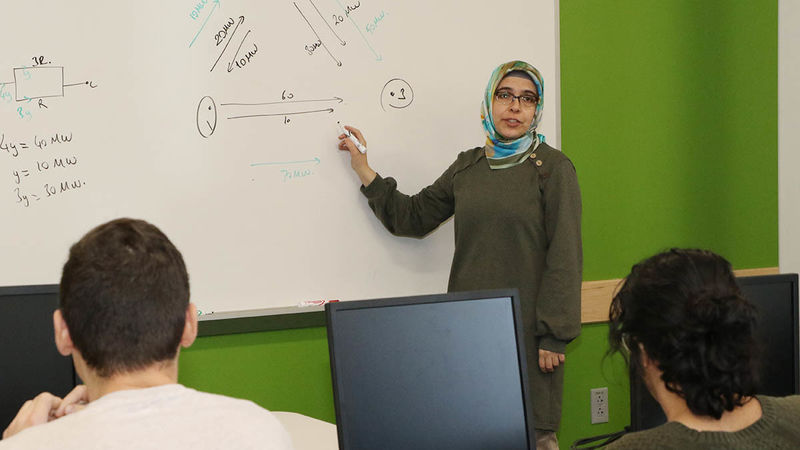How does solar energy affect the electrical grid?
Just as throwing a stone into a lake creates a ripple effect, creating a solar energy system can have a significant impact on energy supply and prices in big multi-state regions, according to a Penn State Hazleton faculty member whose research focuses on renewable energy.
Through her research studies, Mesude Bayrakci-Boz has examined how solar energy production could affect electricity supply in a region consisting of Pennsylvania and 12 other states.


